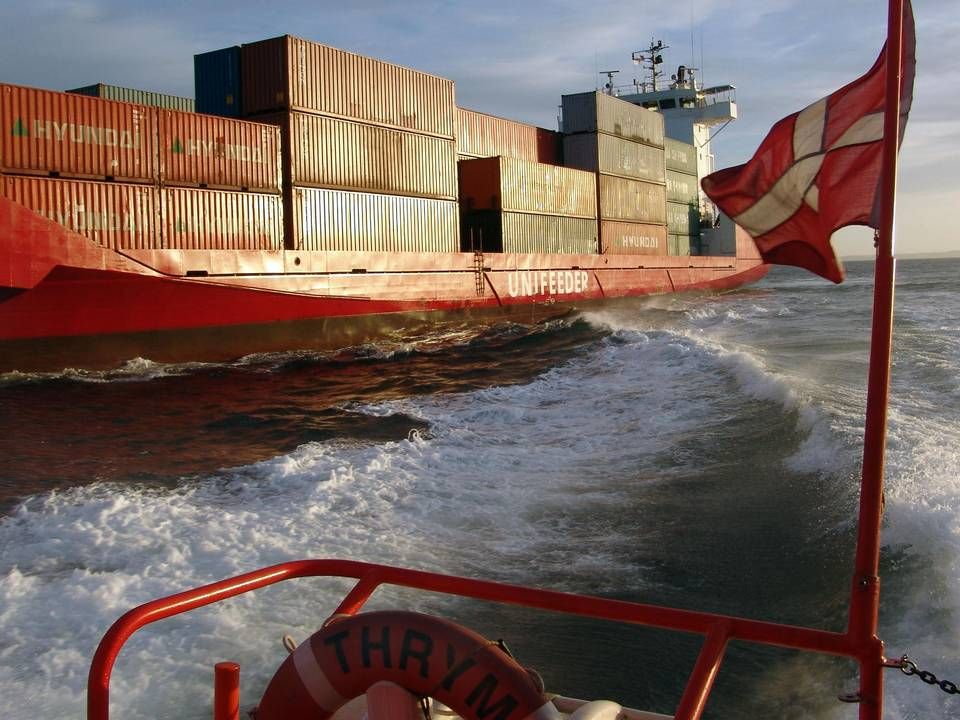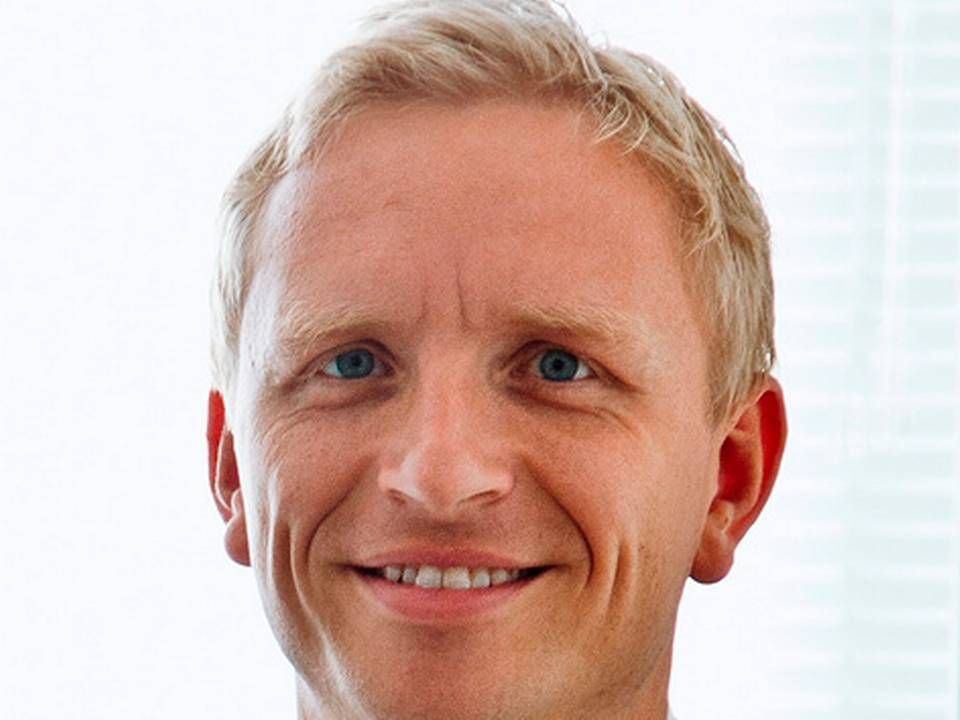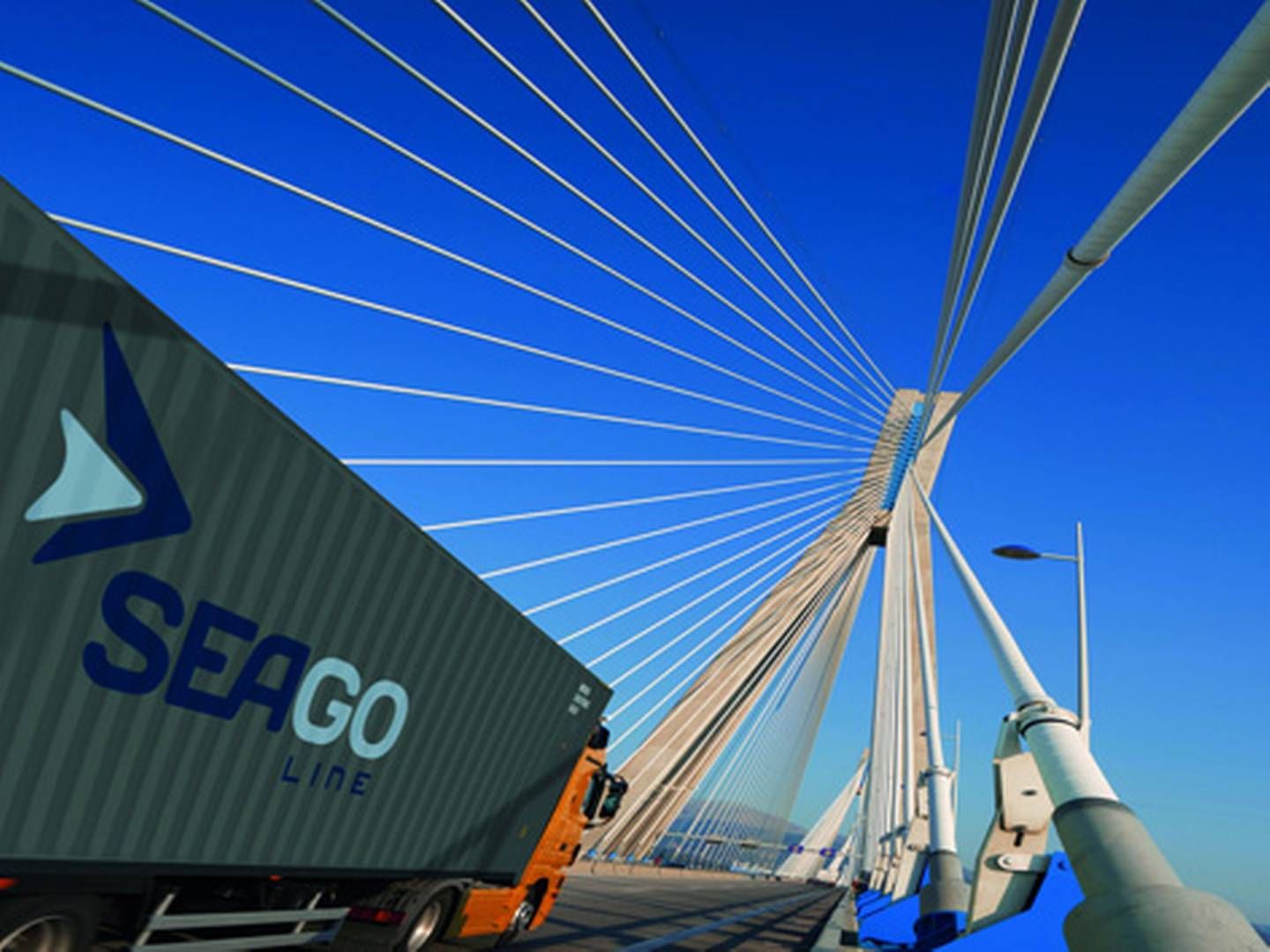Weak euro hits Seago Line - and its customers

Maersk Line's European feeder and shortsea carrier Seago Line has felt the pressure on the euro in 2014, as the carrier settles half its business in the European currency, CEO Jakob Bomholt tells ShippingWatch.
The carrier, which was established four years ago in the shadow of MCC in Asia, operates primarily in Europe, and beyond that, in Africa, Egypt, Morocco and Russia. In this light, factors such as the still wobbly European growth, the Russian crisis, sulfur regulations and the weak euro shaped the carrier's market in 2014.
The sulfur regulations alone have resulted in USD 20 million in additional costs, though this expense is expected to be passed on to customers. Similarly, the weak euro has resulted in an extra surcharge that customers have had to pay since December 1st.
Like the rest of the Maersk Group, Seago Line uses marine gas oil (MGO) as fuel, starting January 1st, in order to comply with the new sulfur regulations, but most of the carrier's competitors and container carriers in general plan to use MGO, unlike RoRo carriers carriers who have installed scrubbers instead.
"We've seen a three percent increase in intra-European traffic this year, which is reasonable and a level that will likely continue. 2014 was characterized by factors such as the crisis in Russia, which led to a downward trend in volumes from Europe to Russia, especially from Poland to Russia. As for the other direction, Egypt has been a driver, as the country is back at pre-crisis levels, along with Turkey, which benefited from a lower lire," explains Jakob Bomholt.
New division in the future
In reefer, Seago Line has experienced that countries outside of the EU - which has been hit by Russia's boycott against, for instance, Poland - have compensated for the missing trade. This applies to countries such as Israel, Turkey and Egypt, but also to a certain extent Morocco, though developments there were slower than the previous year, mainly because 2013 was a very good year for the new route between Morocco and St. Petersburg.
Seago Line, which operates a fairly stable fleet of 55 chartered ships of up to 4,500 teu, achieves 80 percent of its revenue in shortsea from many different customers, and the remaining 20 percent comes from feeder, mainly for Maersk Line. But this division will likely be changed going forward, explains Jakob Bomholt.
"Up until this point we've been focusing a great deal on shortsea, but we'll also be focusing more on the feeder business going forward, as we can see that feeder traffic provides a solid basis on which to build shortsea. This is something we've seen, for instance, in the Ligurian Sea between Italy, Spain, Morocco and Portugal, and we're currently looking at new possible services in southern Europe," he says.
That the company is looking at southern Europe and the Mediterranean is tied to the fact that this area, the Intramed region, has brought the biggest growth for the carrier, with the Mediterranean now accounting for one third of the company's business.
Reefer container transport represents another guiding factor for Seago Line, as the carrier can see that including reefer products is a crucial element in terms of lifting a service.
"If reefer is included we're often successful," says Bomholt.
He declines to put numbers on the carrier's revenue and result for 2014 until the Maersk Group publishes its full-year result. In 2013, Seago Line achieved a revenue of around USD 1 billion and a profit of USD 138 million.
Acquisitions of smaller container operators gaining ground
Maersk's feeder carrier booming in Northern Europe
Related articles
Acquisitions of smaller container operators gaining ground
For subscribers
Maersk's feeder carrier booming in Northern Europe
For subscribers
Seago Line returns ships to struggling owner
For subscribers





















